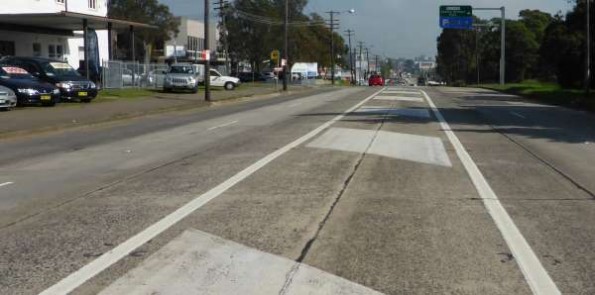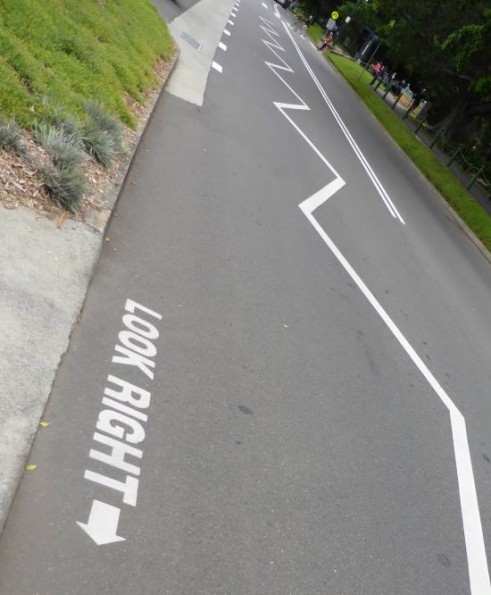Lane departure warning systems are technologies that warn drivers when the vehicle begins to move out of a lane that is defined on the road by painted lines. The systems don’t function if the driver is indicating, only if they move across a definite detectable line while not indicating.
The systems are useful to alert distracted and tired drivers that they are drifting out of their lane. Tired drivers particularly benefit from this system which can jog them out of microsleeps.
There are two types of systems: those which simply warn, and those which also take action to keep the vehicle in the lane (typically warning vs. keeping).
Different manufacturers have different names for lane departure warning and keeping systems:
- Lane Keep Assist from Toyota
- Lane Keep Assist System from Honda
- Lane Keeping Assist from Lexus
- Lane Departure Warning System from Citroen
- Audi Lane Assist from Audi
- Advanced Lane Assistance Systems from Tesla
Types of lane departure warning systems
Technology
The systems use either video sensors mounted at the top of the windscreen, laser sensors mounted in the grille or infrared sensors in the windscreen or under the vehicle. These systems work to detect edge lines typical of a painted line on the road whereby the colour of the line can be easily distinguished against the grey colour of the tarmac.
Action and input
The systems vary in how much assistance they give the driver. All system have one or more of the following features:
- Audible warning of crossing the line – usually a beep, or a low rumble that simulates the sound of a rumble strip.
- Visual warnings – usually a warning display in the instrument cluster or on a head-up display
- Steering wheel vibration – usually to simulate the feel of a rumble strip
- Steering action – the vehicle gently steers back into the lane. This can be reactive (i.e. in response to driving on or over the line), or proactive (i.e. attempting to keep the vehicle in the middle of the marked lane).
When combined with adaptive cruise control (radar-based cruise control) and autonomous emergency braking, lane keeping systems function as a basic autonomous driving mode, enabling the vehicle to speed up and slow down in response to the traffic it is following, and remain in the lane. Some vehicles do allow this in a limited sense up to a certain speed, but they must still be supervised by a human driver.
Limitations and restrictions

Multiple lines due to edge cracks have the potential to fool lane keep systems
The lane markings must be visible otherwise the systems can’t work. This means that if the lane markings have been burned off or are covered with snow or standing water, lanes can’t be detected. If the camera becomes dirty, it won’t see the lanes well enough. False positives are common in areas where lanes have been changed or where there are many road markings.

Gravel and dirt roads confuse lane keep systems

Leaves and standing water can hide painted lines

Complex line markings are difficult to interpret, such as these pedestrian crossing marks in Sydney
